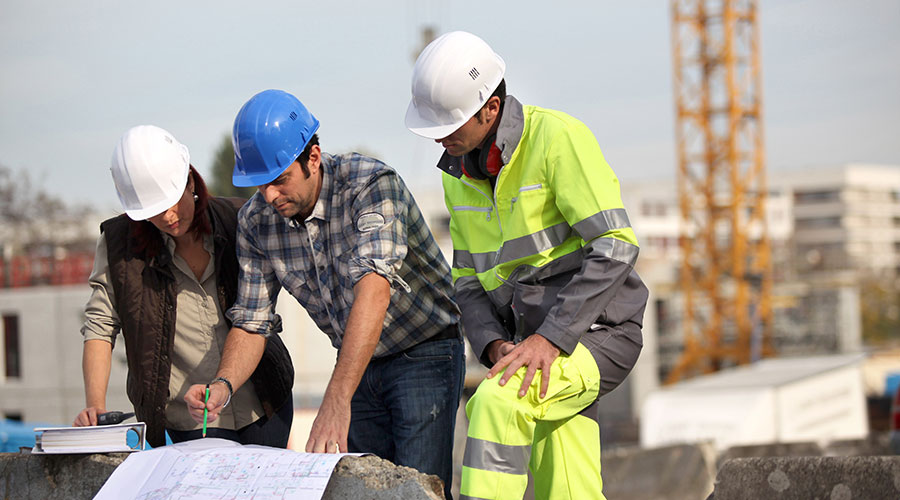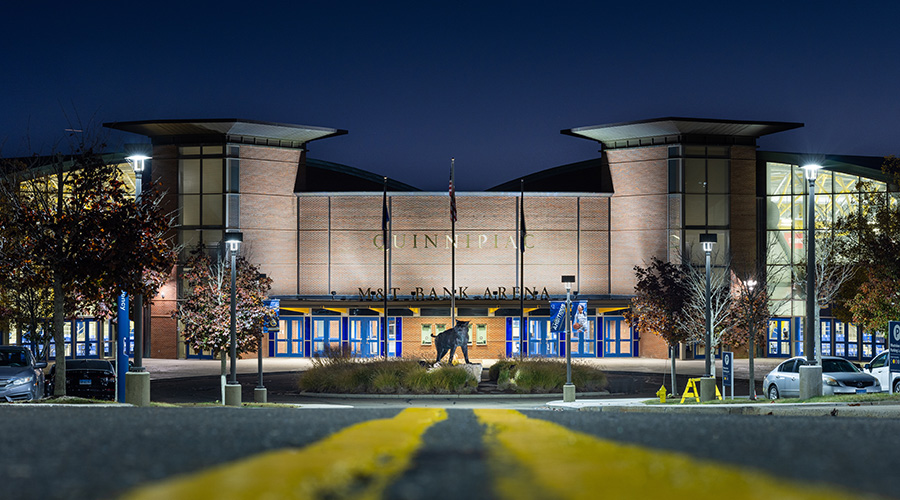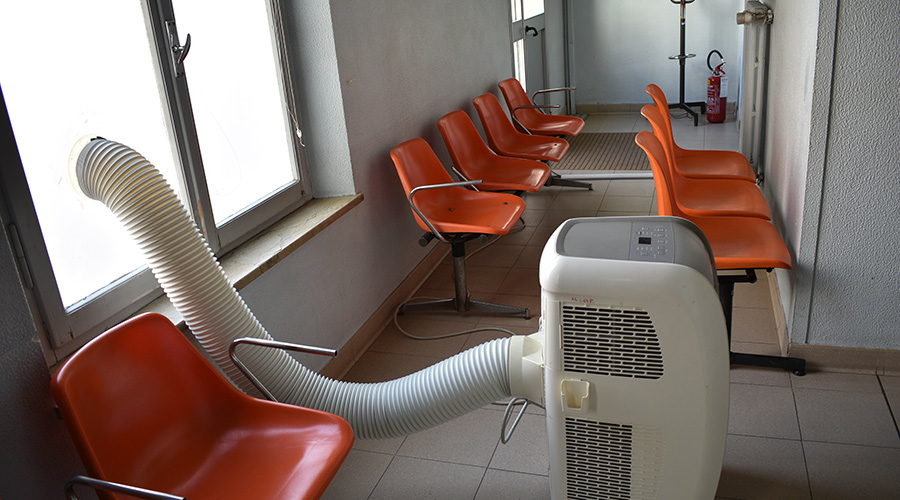Applications for Portable Heating and Cooling Grow
Managers have used portable heating and cooling units for years in a range of applications, from cooling essential equipment in server rooms to providing cooling during emergencies. Among the more common applications in health care facilities are in storage rooms containing medicine with short shelf lives, Lee says.
And as more hospitals and clinics install scanning equipment, the demand for additional cooling will grow.
"These areas have such a heavy heat load," Armshaw says. "The equipment doesn't have to be sterile. The area just needs a little extra cooling."
Managers also are finding new areas of facilities that can benefit from portable or temporary cooling, such as elevator-equipment rooms, Armshaw says.
Increasingly, managers are opting to permanently install portable units to cool discrete areas with ongoing, heavy cooling needs.
"They are built for the rental market, so they often are more durable solutions," says Eddie Stevenson, marketing manager with MovinCool.
Related Topics:
















